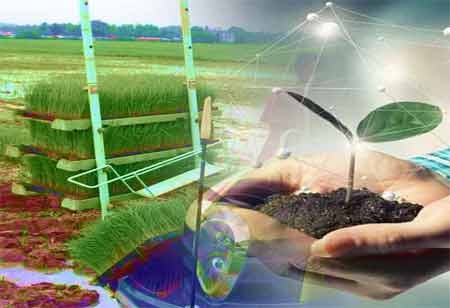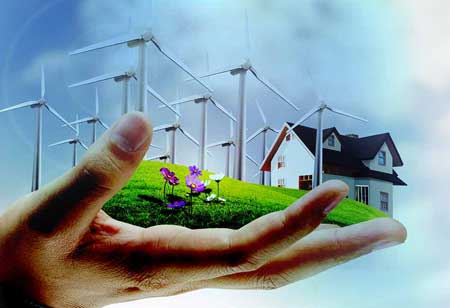Thank you for Subscribing to Energy Business Review Weekly Brief
The Evolution of Natural Gas Compression Technology
Natural gas compressors play a pivotal role in the energy industry. They compress natural gas to a fraction of its original volume, making pipeline transport more efficient and economical.

By
Energy Business Review | Wednesday, May 01, 2024
Stay ahead of the industry with exclusive feature stories on the top companies, expert insights and the latest news delivered straight to your inbox. Subscribe today.
Natural gas compression technology trends show the industry's focus on innovation, sustainability, efficiency, and shaping a sustainable future energy landscape.
FREMONT, CA: The energy sector is transforming significantly, driven by technological innovation and growing environmental concerns. At the heart of this shift is the evolution of natural gas compression technology, a critical component of the energy infrastructure that facilitates the efficient transportation and storage of natural gas. This evolution is making natural gas a more viable and flexible energy source and contributing to a greener energy future.
Natural gas compressors play a pivotal role in the energy industry. They compress natural gas to a fraction of its original volume, making pipeline transport more efficient and economical. This process is essential for delivering natural gas from production sites to consumers, power plants, and industrial users. As demand for natural gas grows, driven by its lower carbon footprint than coal and oil, the importance of efficient and reliable compression technology has never been higher.
One of the most significant trends in natural gas compression is the shift towards more environmentally friendly technologies. Traditional compressors, often powered by diesel engines, are being replaced or retrofitted with electric motors. This switch reduces greenhouse gas emissions, lowers operational costs, and enhances the reliability of the compression process. Moreover, electric compressors generate less noise and air pollution, contributing to a better quality of life for communities near compressor stations.
Innovation in compressor design is another key trend. Manufacturers are developing compressors that are more compact, lightweight, and efficient. These advancements are particularly beneficial for mobile applications, where space and weight are critical constraints. Furthermore, new materials and manufacturing techniques, such as 3D printing, are being used to create compressor components that are stronger, more durable, and capable of operating under higher pressures. This increases the efficiency of natural gas transmission and reduces the need for maintenance.
Digital technology is also transforming the natural gas compressor landscape. Integrating sensors and advanced analytics allows for real-time monitoring and predictive maintenance of compressors. This not only prevents costly downtime and extends the life of the equipment but also ensures that compressors operate at optimal efficiency, further reducing energy consumption and emissions.
The evolution in natural gas compression technology is aligned with the broader energy transition towards a more sustainable and resilient energy system. As the world seeks to reduce its reliance on fossil fuels, the advancements in natural gas compression are making it a more attractive option, both as a bridge fuel and a complement to renewable energy sources.






